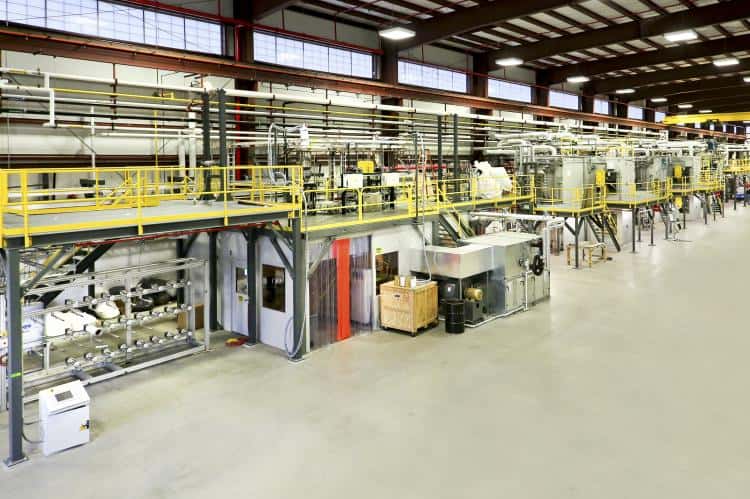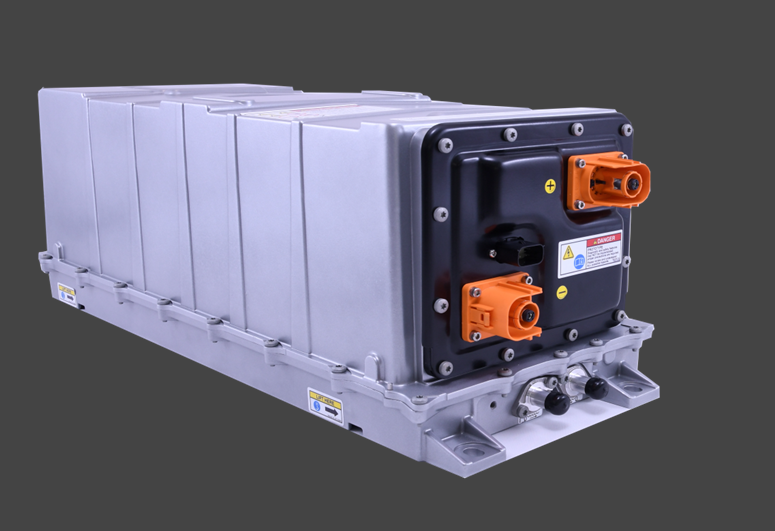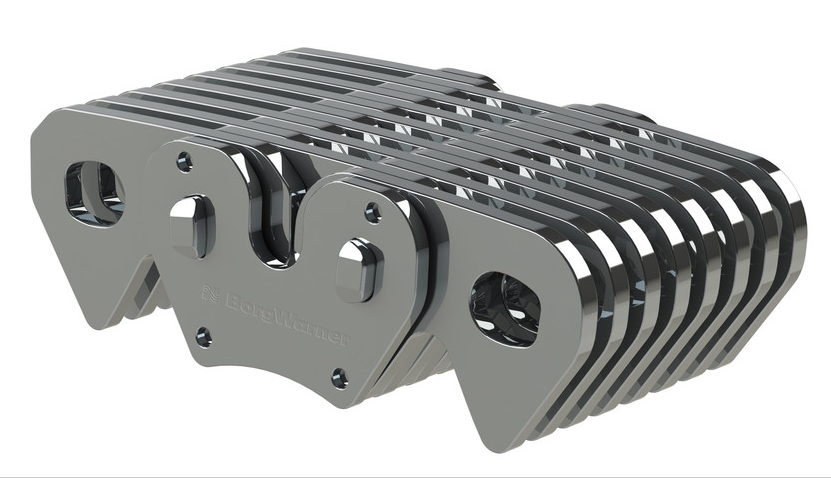Researchers at the Department of Energy’s (DOE) Oak Ridge National Laboratory (ORNL) have demonstrated a carbon fiber production method they estimate will reduce the cost by as much as 50% and energy usage by as much as 60%.
After extensive analysis and successful prototyping by industrial partners, the ORNL says that it is making the new method available for licensing.
Carbon fiber is a strong and lightweight material with many applications, especially in the transportation sector. However, its high cost has meant that carbon fiber is usually reserved for expensive, high-performance sports cars. The ORNL’s new lower-cost method, demonstrated at its Carbon Fiber Technology Facility, builds on more than a decade of research in the area. ORNL researchers hope to accelerate adoption of carbon fiber composites in high-volume industrial applications, including automobiles, wind turbines, compressed gas storage and building infrastructure.
According to the ORNL, more than 90% of the energy needed to manufacture these advanced composites is consumed in manufacturing the carbon fiber itself. Reduction in energy consumption in manufacturing will enable earlier net energy payback – that is, the energy savings gained in using products made from lighter-weight material compared with the energy consumed in making the material.
Carbon fiber is produced by converting a carbon-containing polymer precursor fiber to pure carbon fiber through a carefully controlled series of heating and stretching steps. In current commercial practice, the precursor – polyacrylonitrile (PAN) – is chemically modified and optimized to maximize the mechanical properties of the end product. The high cost of specialty precursor materials and the energy and capital-intensive nature of the conversion process are the principal contributors to the high cost of the end product.
Acrylic fiber of similar chemistry, however, is produced on a commodity basis for clothing and carpets – a high-volume product that costs roughly half as much as the specialty PAN used in the carbon fiber industry. ORNL researchers believed textile-grade PAN was a pathway to lower-cost carbon fiber, but laboratory-scale experiments couldn’t fully explore its potential at a production scale.
To provide that capability, the DOE’s Advanced Manufacturing and Vehicle Technologies offices have funded research and operations at the ORNL’s Carbon Fiber Technology Facility, a highly instrumented, semi-production-scale carbon fiber conversion plant.
The ORNL will accept license applications for this low-cost carbon fiber process through May 15.







